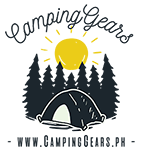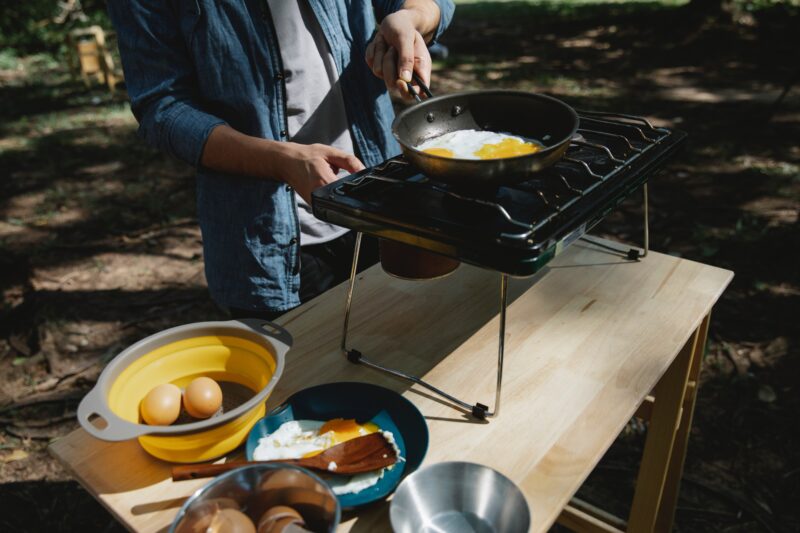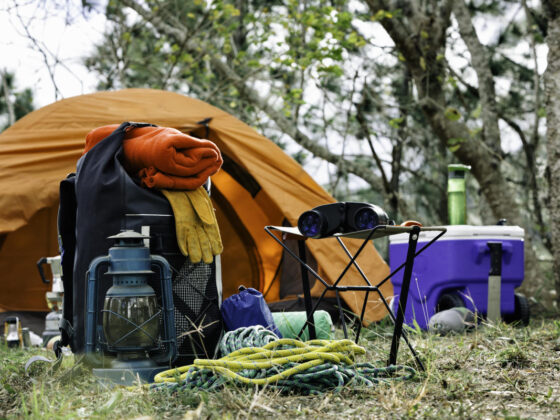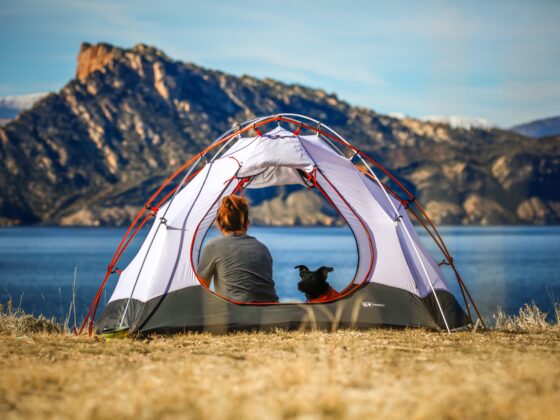“Life is better when you add fresh air, a warm campfire, bright stars, and s’mores” -Anonymous.
Cooking at camp does not necessarily need a camp stove.
At times, you can simply plop your pots and pans on an open campfire, and you are ready to cook your meals. However, if you are a little meticulous about the meals you prepare at camp and would like them to cook more evenly on flames you can control, you will need a camp stove.
Camp stoves are considered indispensable gear for camping and other outdoor excursions. While you can cook on a campfire, having the right tools to ensure you get the job done right can make all the difference between a tedious chore and an enjoyable activity. However, with so much camp kitchen equipment, determining which camp stove is right for you and your crew can be a little challenging. Do you choose something from Biolite Firepit Philippines or Kovea Philippines?
Well, before you make your first foray into your search for the perfect camping stove, this article recommends that you orient yourself first with what you should look for in one:
a.) Pick Your Stove Style
Before anything else, you need to think about nailing down the right stove style for you. Today, there are two main types you can choose from: portable tabletop designs or freestanding models with legs. Freestanding stoves tend to run larger and heavier. In addition, they typically feature two or three burners and generally have more BTUs than freestanding models. As a result, freestanding models are vastly preferred by campers who travel in large groups and those who wish to forego the hassle of hunting for a flat surface.
On the other hand, tabletop designs live up to their name. Just put them on any bench or picnic table, and you are ready to start cooking. These stoves do not have legs but are generally smaller, more compact, and more portable than their freestanding counterparts. However, tabletop models require a steady surface for cooking, so if you cannot find one, you need to bring a table along. Performance-wise, the difference is minimal, but you can expect fewer burners and less cooking space if you go the tabletop route.
b.) Number of Burners
Another thing to consider is the number of burners you will need. Typically, campers choose the standard two burners among both freestanding and tabletop camping stoves. However, if you are traveling alone, you can choose a single-burner design which is perfect for one-pot dehydrated meals on quick trips with just one to three people. If you take the role of a camp chef seriously, however, you may want to look for three-burner camp stoves. The same applies if you intend to cook for larger groups with seven or more people. The bottom line is the number of burners you need boils down to a combination of your personal preference, the number of campers you need to feed, and how intricate you wish your meals to be.
c.) Fuel Type and Capacity
Most camping stoves run on propane as this fuel performs well in a range of temperatures, lights up instantly, and is widely available in any retail store. However, propane may suffer in temperatures that are below freezing, which may compel you to look for an alternative which is butane. Keep in mind that while butane is lighter and more compact, it is not as readily available as propane. Another type of fuel you may want to consider is wood which is readily available at campsites. Wood-burning stoves are available in the market and have gained popularity in recent years owing to their convenience. No need to bring propane or butane bottles, as you can collect twigs and sticks at camps and start cooking. However, wood-burning staves have limited flame and heat control compared to other models, so you may want to consider that. More importantly, they may be restricted during fire bans which may mean you need to find an alternative camp stove.
d.) Essential Features: Wind Resistance and Simmer Control
One of the challenges when cooking outdoors is contending with the wind. If your stove does not feature protection, it can be quite difficult to get consistent power to cook your food evenly and efficiently. Strong winds may even put the flames out of your stove completely. To ensure this does not occur, look for stoves with sturdy windshields on all three sides to protect your burner. Alternatively, you may want to have a makeshift barrier or purchase one separately. Another feature you may want to consider is the simmering ability. Boiling water at high heat is paramount, but not all camp meals are not cooked that way. For meals that require a little more finesse, you need to ensure that your stove has efficient simmer control. In other words, it should be able to provide even heat and precise flame control at a low setting. The takeaway is if you are willing to invest in quality stoves, look for a camp stove that performs almost as well as your stoves at home.



